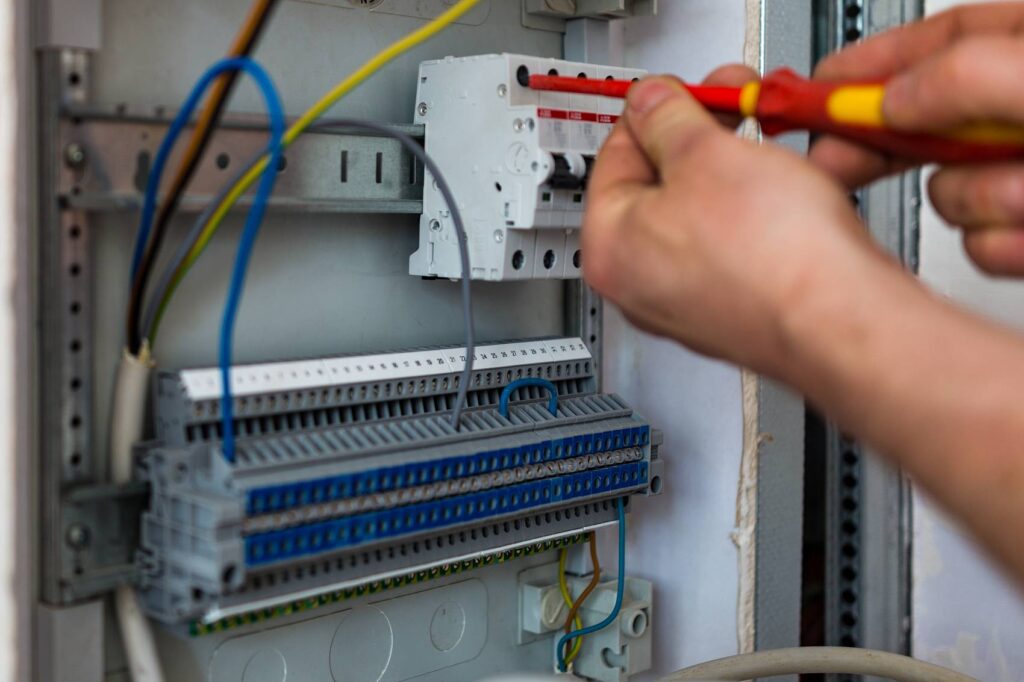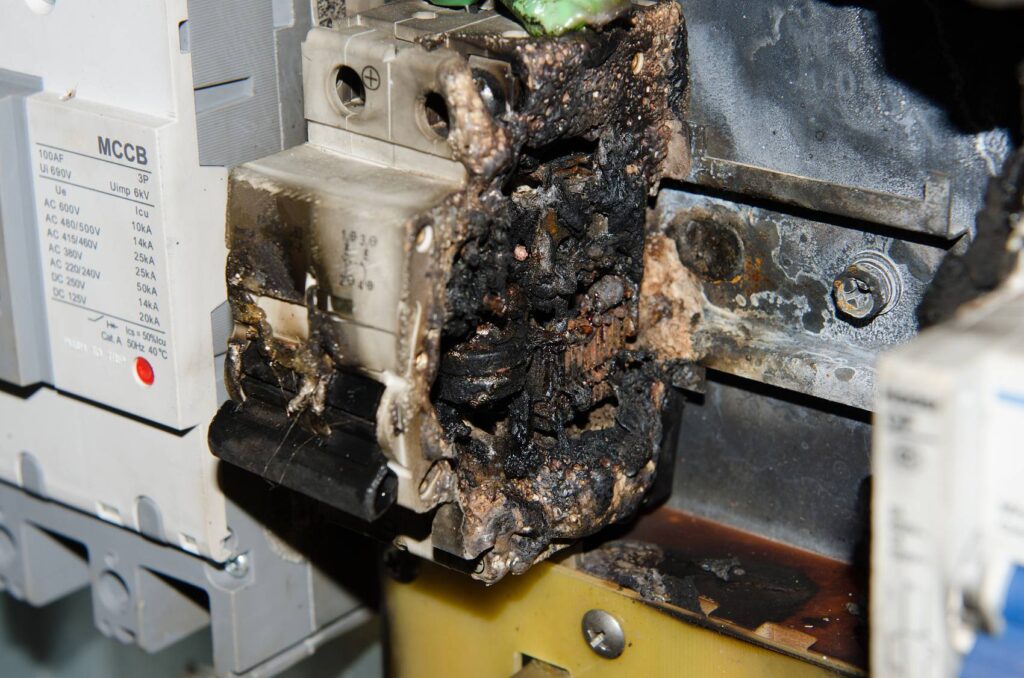Replacement of a circuit breaker is an important task in the electrical maintenance of your home. Circuit breakers are used as circuit protection devices to prevent fires or electrical breakdowns from overloads and short circuits. The proper selection and installation of a circuit breaker is crucial to keeping your home electricity in a safe condition. Here is a detailed step-by-step guide to help you achieve the selection and replacement of circuit breakers effectively.
Choosing the right circuit breaker
Before replacing a circuit breaker, you first need to understand how to choose the right breaker to replace a previously damaged one. Here are a few key factors to consider when choosing a circuit breaker:
Rated current value
All circuit breakers are equipped with a current rating (e.g. 10A, 20A, 30A, etc.), i.e., the maximum current it can handle. When the current exceeds this quantity, the circuit breaker automatically trips the circuit. Therefore, when you select a circuit breaker, you need to select the proper current rating depending on the power of the equipment in the circuit.
For example, home kitchen appliances usually require more power and may even need higher current rating circuit breakers (e.g. 20A or 30A). Some smaller appliances, however, may prefer lower current rating circuit breakers (e.g. 10A or 15A).
Type Selection
The main basic types of circuit breakers are as follows, and you can choose according to the circuit you are suitable for.
1.Single pole circuit breaker: suitable for single-phase circuits, usually used for low-power electrical appliances.
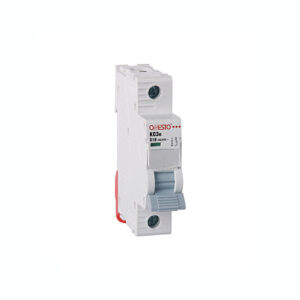
2.Bipolar circuit breaker: suitable for three-phase circuits, used for high-power electrical appliances and equipment.
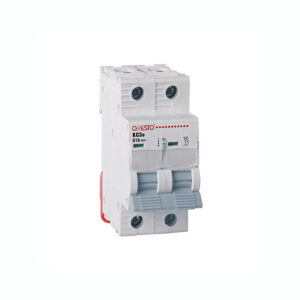
3.In addition to protecting the circuit from overload, it can also prevent current leakage and enhance the safety of the circuit.
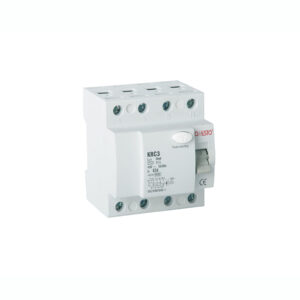
Rated breaking capacity
Rated breaking capacity is the maximum ability of a circuit breaker to interrupt current safely. The rated breaking capacity of different circuit breakers varies, usually in kiloamperes (kA). The circuit breaker we use for general household circuits will have a lower breaking capacity, but if you have a more advanced electrical system, you may need to choose a circuit breaker that has a greater breaking capacity.
safety certification
Ensure that the selected circuit breaker has the proper safety certification, i.e., UL certification or CE certification. Such certification marks indicate that the circuit breaker complies with international standards and is very safe. When selecting, common brands can be determined, e.g., ONESTO circuit breakers, which have remarkable breaking performance to ensure the circuit’s safety. And product series are comprehensive and prices are moderate.
Common signs that require replacement of circuit breakers
The first step in replacing a circuit breaker is to identify the fault of the circuit breaker. Based on different problems, corresponding operations will be adopted. Below, I will list some common fault phenomena to ensure the safety of your home circuit.
Constant tripping: If the circuit breaker is tripping frequently, it may be a sign that the circuit is overloaded or the circuit breaker is aging and unable to support the home electrical load.
Overheating of circuit breaker panel or overheating: Overheating of the panel is a sign of loose connections or a failing circuit breaker. The issue should be resolved as soon as possible to prevent further problems.
Flickering or dimming lights: Flickering or dimming lights, especially when high-power appliances are being utilized, can be an indication of circuit breaker overload.
Burning smell or burn marks: Burning smell near the circuit breaker panel is a sign of overheating or damage to components.
Age of circuit breaker: If your circuit breaker is more than 20 years old, you may want to replace it, especially if you have installed new appliances or other electrical improvements recently.
These are signs that you should replace the circuit breaker. If you find yourself experiencing any of these warnings, please act immediately and seek the services of a professional.
Circuit Breaker Replacement Guide
1. Collect materials and tools needed: Before you begin, please ensure that you have the right tools and materials. You will need a new circuit breaker of the same type as the one you will be replacing, as well as wire pliers/stripping pliers, pliers, and a screwdriver.
2. Switch off the power: Switch off the main circuit breaker on the panel or switch off the main power from outside to make sure that the power supply at home is switched off.
3. Take out the cover plate: After turning off the power, take out the cover plate of the circuit breaker box to have access to the circuit breaker.
4. Mark and identify wires: Note the wires connected to the old circuit breaker and mark them for easy connection later.
5. Removal of the old circuit breaker: Unscrew screws holding the old circuit breaker using a screwdriver or pliers and take them off. Remove the old circuit breaker carefully without coming in contact with live wires.
6. Install a new circuit breaker: Place the new circuit breaker into the appropriate slot and lock it in.
7. Join the wires: Join the wires to the matching terminals on the new circuit breaker as per the label. Tighten any loose connections, if necessary, using pliers.
8. Install the cover plate: Mount the cover plate once all wires are in their original position, and screw it tightly.
9. Re-energize the power: Finally, switch on the main circuit breaker again or re-establish power supply to the house from the outside.
Replacing circuit breakers can be difficult, especially for those who require electrical experience. If you are unsure or unfamiliar with any steps in this process, I will explain them to you in the form of a video below, hoping to be helpful to you.
Precautions for replacing the circuit breaker
Professional installation: If you are not certain whether to use electrical appliances or not, it is recommended that you hire a professional electrician to install.
Check the electric system: After replacing the circuit breaker, it is recommended that you check for any other likely problems with the electric system, such as wire aging, overload, etc.
Regular inspection: Inspect the operation of the circuit breaker occasionally to ensure that it will function when required.
Choose a relay brand such as ONESTO to provide you with a more secure experience and reduce circuit safety issues.
Conclusion
Changing circuit breakers is an integral aspect of ensuring home circuit safety. Choosing the right circuit breaker and observing good installation procedures can effectively avert safety issues such as electrical breakdowns and fires. I hope that the guidelines in this article will help you safely achieve the replacement and selection of circuit breakers.

